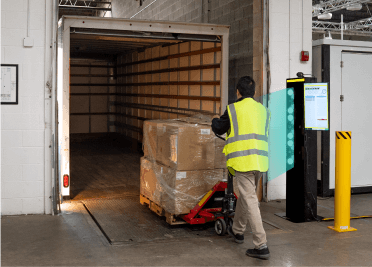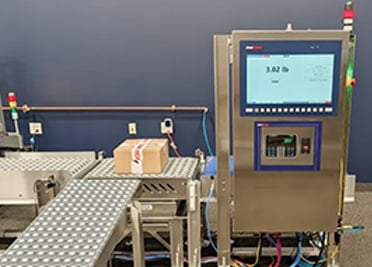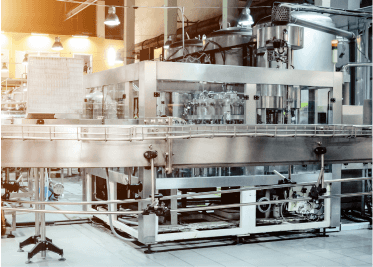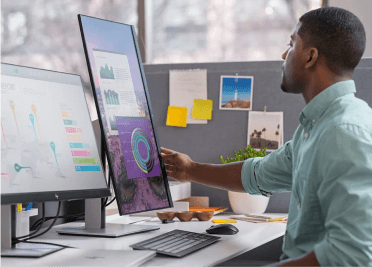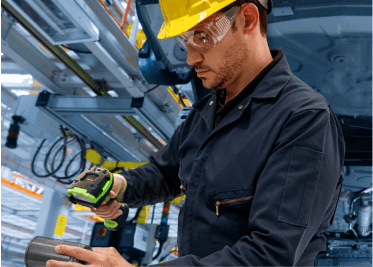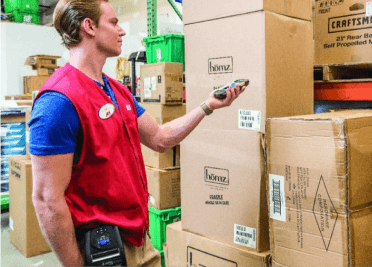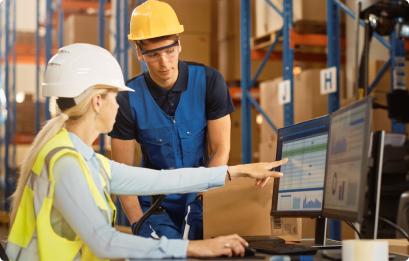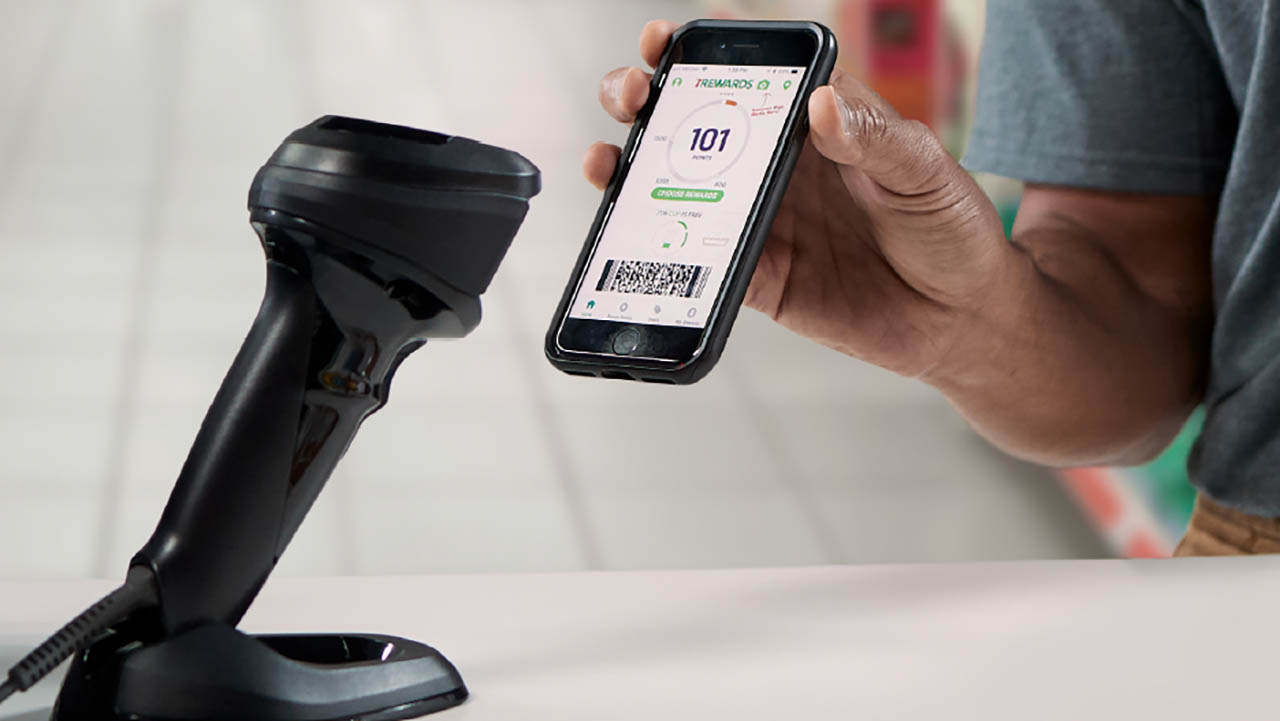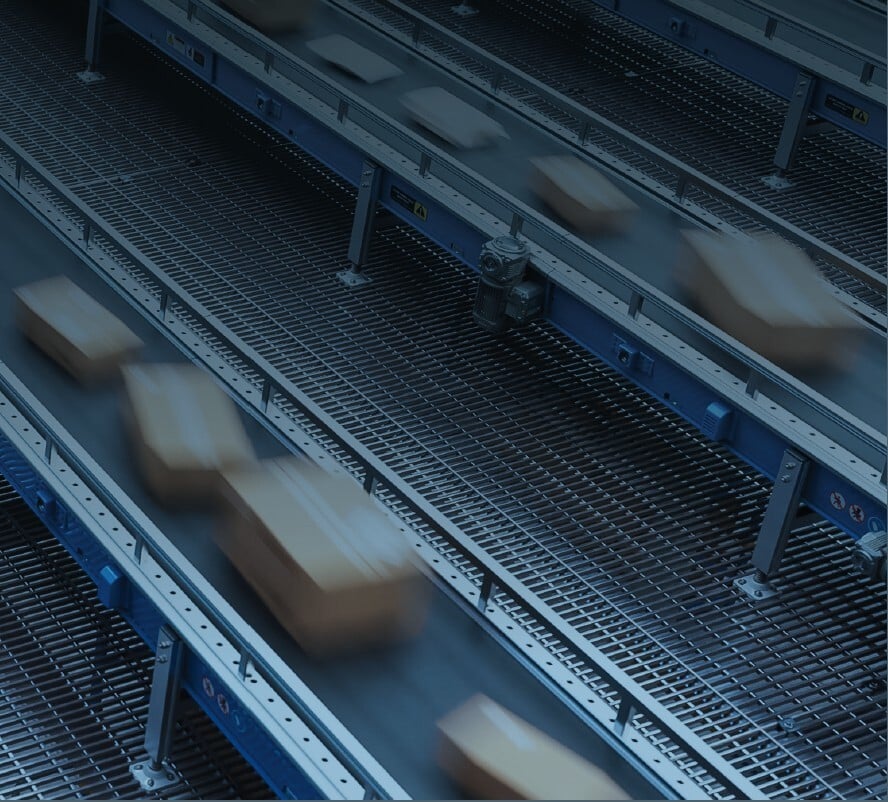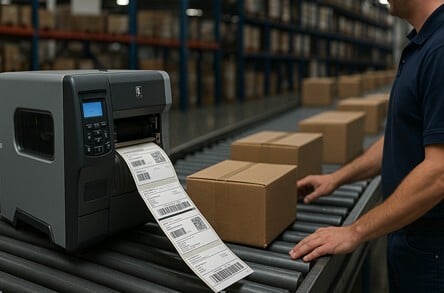Retailers, restaurateurs, hotels and other businesses centered on providing hospitable experiences know better than most how challenging it has become to connect to customers in recent months.
For the most part, interactions have become purely transactional with people afraid to get too close to one another or linger too long. Customers who do walk into brick-and-mortar stores or restaurants these days tend to be focused on getting what they need and getting out as quickly and safely as possible. Some curbside customers don’t even crack their windows to say hello, instead resorting to a friendly wave through the window. And workers delivering food, groceries and parcels to customers’ homes have probably never seen the people they’re serving since many customers wait until the delivery person has stepped far away from the door – or even driven away – before retrieving their items. Even hoteliers report limited contact with guests, many of whom quickly beeline it to self-check-in and then their rooms. Any necessary interactions are brief.
Though this level of avoidance would have been considered rude before COVID-19, most people now accept deliberate physical distancing and sharp dialogue as necessary. At least for now. There’s an appreciation and respect for others’ cautiousness when interacting in person as we all do our part to curb the spread of the virus. That being said, there’s a difference between creating distance and disengaging all together.
The customer experience still remains a top influencer in consumers’ shopping and dining decisions, and businesses’ ability to sustain operations long term is dependent on their ability to meet each customer’s unique needs. Although connecting with customers “in person” has been a challenge, rapid innovation is now making it possible.
FOUR WAYS CONTACTLESS TECHNOLOGIES CAN HELP RECAPTURE MORE INTIMATE INTERACTIONS AND DELIVER PERSONALIZED EXPERIENCES FROM A SAFE DISTANCE
There are many ways in which mobile, scanning and kiosk technologies can be used to reduce friction in stores, restaurants and hotels:
- Contactless checkout – One of the most profound ways to show customers you understand their current needs is to implement a host of barcode-based applications that facilitate social distancing without significantly altering the in-store experience. For example, you can allow shoppers to scan items as they grab them – either on their own devices via an app or using mobile devices that you provide in store (and sanitize after each use) – for mobile device checkout from anywhere in the building. You can also give them the option to either scan a credit card/payment app on their mobile devices or tap to pay using a linked payment account in a number of different locations throughout the store so they can avoid long lines at the checkout lane and head straight to the door when the transaction is complete. This could be done via a hands-free (presentation-style) self-scanning solution at a kiosk or by a store associate equipped with a barcode scanner capable of capturing barcode-delivered data from a safe distance. Loyalty program memberships can be synced and honored in this same manner with a quick scan of a barcode in the app or on the customer’s device, and digital coupons can be redeemed with ease. In fact, encouraging mobile checkout helps to prevent the formation of long lines to begin with. The more that you can do to mitigate crowding in a single location, the happier and safer both shoppers and stores associates will be. Of course, creating more self-checkout stations also helps to reduce contacts with other people as well.
You could also install customer-facing hands-free barcode scanners at each checkout lane to allow guests who prefer to check out at a register to use coupons, collect or redeem loyalty rewards and pay, all contact free– much like what you see at quick service restaurant (QSR) counters and drive-thru windows.
- Contactless pickup – Curbside pickup has become more popular than ever since the COVID-19 outbreak started, with many shoppers opting to remain in their vehicles to eliminate contact with people outside their households. Forcing them to roll down their windows to confirm their identity or order number face-to-face with curbside associates standing just a couple feet away can be counterintuitive to the safety measures that curbside pickup is intended to facilitate. Giving curbside attendants barcode scanners that allow for a quick ID verification without any verbal communication needed would minimize contact during curbside delivery interactions. At the same time, retailers offering self-service curbside pickup in a locker-style setup could install stationary barcode scanners that would allow customers to scan a barcode provided either in app or via email to retrieve the order and open their assigned lockers. Customers would simply drive up, retrieve items and drive away without ever having to interact with anyone, leave their vehicle or touch anything but the items they’re bringing home.
- Personalized digital experiences – Whether you provide mobile devices for guests while shopping or dining or you simply direct them to use an app on their own devices, make sure you’re personalizing digital interactions. Greet them by name when they login to your device or use near-field communications (NFC) to sense – and acknowledge – when they walk through the door or drive up to the curbside pickup location. Immediately retrieve the shopping lists saved to their profiles, correlate them with a map of your store or property to help customers navigate quickly and safely and integrate personalized promotions associated with either their current list or order history. You could also use NFC to alert back-of-store associates when customers have arrived so that they can pull their orders and expedite fulfillment, whether done curbside or the customer service counter.
- Fast voice assistance – No matter what type of contactless experiences you’re offering customers, if it involves a mobile computer or smartphone, make sure you offer a push-to-call or more instant push-to-talk (PTT) feature either on the device or on a nearby kiosk so that customers can request staff assistance from afar. Retail customers can use it to see if an item out-of-stock on the shelf is available in the backroom, call for buy online, pickup in store (BOPIS) order pickup or request assistance at checkout. Diners can use it to request refills or notify servers about issues with their orders, and hotel guests can use it to request concierge assistance. Of course, if you’re leveraging barcode scanners exclusively, there won’t be a built-in PTT feature. So, make sure that customers understand how to call or text with store associates using their own devices if needed for support with self-service curbside pickup or other self-scanning and self-checkout transactions inside the store in areas that may not be staffed full time.
Remember, the goal is to deliver safe, efficient customer experiences in order to preserve customer loyalty and revenue. With contactless solutions, customers don’t have to go through a formal checkout line or interact with an associate to enjoy the full brand experience. Personal shopping solutions, for example, now allow customers to grab and pay for 80 items about 10-15 minutes faster on average.
TWO THINGS TO THINK ABOUT WHEN IMPLEMENTING CONTACTLESS SOLUTIONS
Though most of the software and hardware needed to deliver contactless experiences is fairly simple to rollout, be sure to consider:
- Accessibility and ease of use. If customers can’t build a basket, make a payment, redeem loyalty rewards or call for assistance in a few steps, they may not use your solution. And if customers only have flip phones – or they don’t have a phone – they won’t benefit from smartphone apps. Make sure that you think about how you will serve all customers, regardless of their technology acumen or personal device access. And make sure customers trust your solution. Show them how you’re protecting their privacy (via anonymous logins or unique identifiers) and keeping them safe overall (via hands-free facial recognition or visible disinfection of shared devices.)
- (Remote) solution management. Even the most basic mobility solutions must be configured, secured, monitored and maintained to enterprise-grade standards – even if you’re a small business with less than 10 employees. You can’t afford to take shortcuts when you’re collecting personal info such as addresses and credit card info. At the same time, if your mobility or scanning solution goes down for any reason – if a device isn’t set up correctly, the software is slow to load or a network connection is lost – your entire operation can come to a screeching halt. If people can’t pay, they will walk out empty handed. Even a few hours offline can wreak havoc for months. If you don’t have the resources to properly configure and manage the hardware and software used to deliver contactless experiences, enlist the help of a third-party managed services provider. In fact, there are companies like Zebra who now offer fully contactless (virtual) configuration, deployment, management and troubleshooting support for mobility, scanning and even kiosk solutions. In addition, through our Zebra DNA and LifeGuard™ for Android software suites, we offer tools that also empower your IT teams to remotely configure, secure, upgrade and diagnose devices so that people don’t have to unnecessarily travel or “come in” to keep your front-line workforce online and productive.
Remember: you may be implementing contactless solutions for safety’s sake right now, but the convenience they provide will improve the customer experience and reduce labor burdens long after the pandemic.
To learn more about contactless technologies, contact an AbeTech Solution Expert to get more details.
